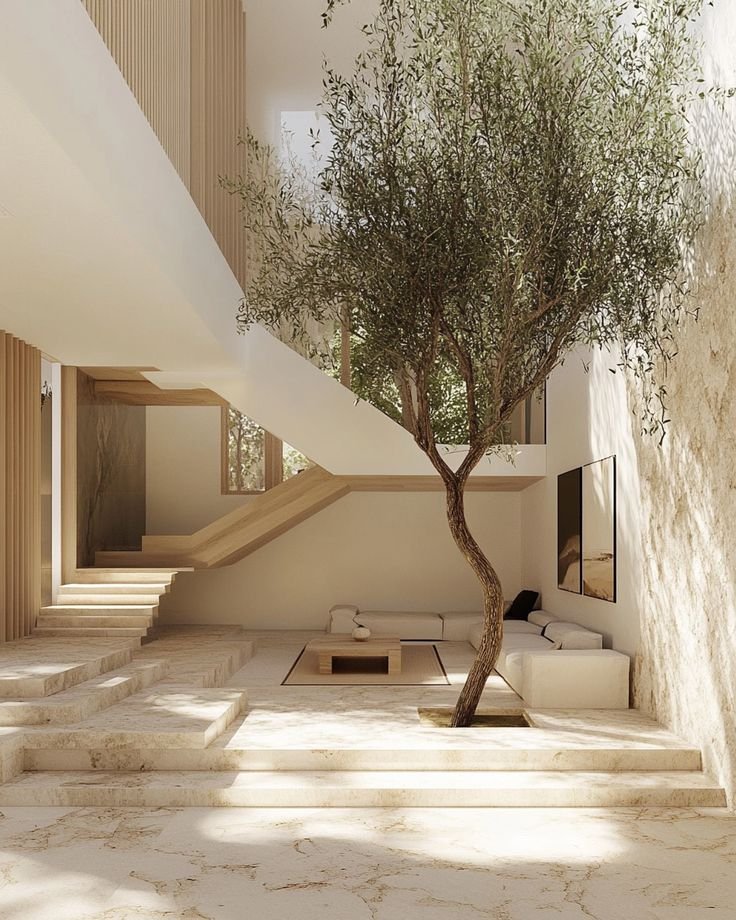My Current Design Hyperfixation: Futuro Houses
A few months back I saw an AD article about Futuro houses, or as their Listicle called them “UFO Homes” and I was immediately obsessed. I mean, how can you not think a tiny house that looks and feels exactly like a UFO is totally cool? And that one article had me falling into a complete rabbit hole about these homes where I learned they really had a history. Not just a history but a purpose, and a vision, and have become incredibly rare - even if the company is still in business making these! Yes, I couldn’t believe it either.
We live in a world where tech and design are always evolving and for the most part co-existing. It’s not really surprising that we embrace the two giving our homes a futuristic Jetson’s type transformation, but back when Futuro Homes were introduced they were wild. Futuro Homes are innovative, have sustainable features, and have an appearance that has captured the imagination of architects, designers, and homeowners.
A Glimpse of History
Futuro homes were brought into the lexicon during the 1960s by Finnish architect Matti Suuronen. They were new structures inspired by the space age optimism of the time. He envisioned them as being functional but emblematic of the future. Their design was avant-garde and perfectly encapsulated this time of space fascination and exploration. The homes were intended to be portable, easy to assemble, and push the boundaries of design. The homes were intended to offer a versatile living space that had a flexible floor plan to use for vacation homes or even temporary emergency shelters. Futuro homes could be transported to the most remote and challenging locations so they were most suitable as snowy mountainside ski chalets.
Space-Age Design
Futuro Home’s iconic shape marries form and function. They are curved and oval, like a UFO, and this aerodynamic design plays a key role in making the home energy efficient. They are highly insulated, efficiently heated, and cost-effective. The curves of the home minimize heat loss while the large windows allow in tons of natural light. Two factors that made them ideal for varying climates. Sustainability lies at the heart of the Futuro concept. They have a very small environmental footprint and, today, make use of efficient materials and reduce energy consumption. The Futuro Homes being sold today have tons of modern technologies like solar panels and more advanced insulation in order to meet the demands of homeowners who value eco-friendly, sustainable living.
A Unique Living Experience
Living in a Futuro home is a unique experience, to say the least, and that is probably why they never really took off. Only 100 were ever produced initially and only 62 are still scattered around the planet (A lot are in Australia?). These homes were the one of the first to fully bring that open concept to life. There is a sense of continuity and flow inside but still a connection to nature and surroundings through the gigantic windows. Given their space, Futuro homes often had very minimal interiors which allowed and encouraged homeowners to personalize their space, in their way, according to their preferences.
Futuro Homes never really took off as a widespread housing solution, but they remain an important part of architectural history and they have even found a new audience. Today more and more people see them as an option for guest houses and even Airbnb. Futuro homes are eye-catching, and attention-grabbing and capture plenty of interest and curiosity. Their UFO appearance evokes a sense of nostalgia for the Space-Age optimism of the 1960s combined with the innovative, sustainable view of what future homes could look like.



















